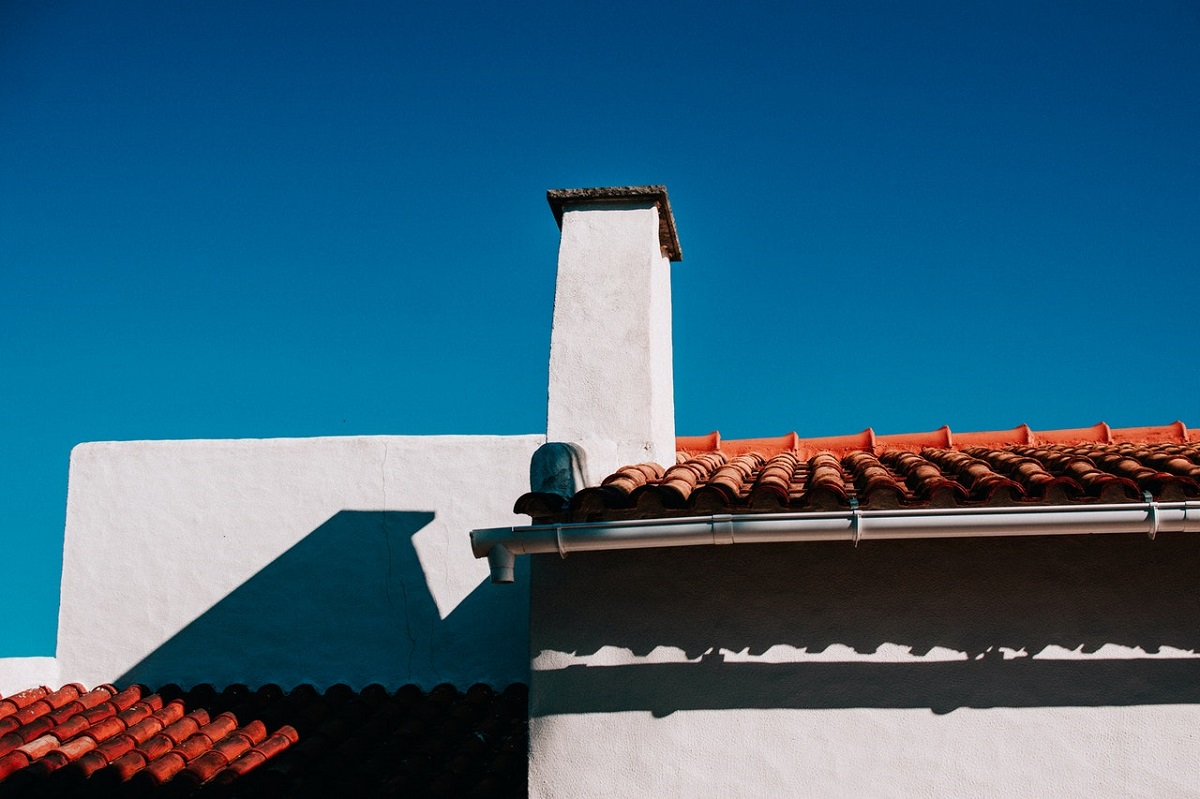Our houses are built to serve as a more sterile environment that separates us from the natural elements. It keeps us safe at night or if it’s raining outside. But even the sturdiest of houses are vulnerable to wearing down, whether it be through water damage, a pest infestation, fire, or the aging of its materials. It’s only right to build it with the best materials available.
The technology to lengthen the lives of houses can only get more sophisticated. For instance, wood treatments that ward off termites and even make them fire-proof, chemicals that keep metal rods from rusting, and concrete formulations that make them light yet exceptionally more durable than conventional blocks. As expected, the longer these available options maintain the integrity of your house’s materials, the bigger the dent this leaves in your pocket.
One other common natural element that’s often not discussed, thinking the chances of this affecting our homes is low, are animals that could convert our roofs and attics into their tiny abode. It may not sound like anything close to a nuisance, and we may dismiss this as giving free rent to these precious creatures at first. However, it is important to be aware of what the presence of these animals may imply.
For one, furry animals like squirrels and raccoons, while they look adorable and harmless, could carry life-threatening diseases. Along with them are birds, rats, and other rodents that have a knack for pecking or chewing on whatever and that doesn’t exempt our electric cabling, wood panels, and, if they’re done, they could proceed to munch on your ceiling. As if hearing these scurrying over our heads during late night hours and them leaving loads of feces on our property isn’t enough to make us feel uneasy, there are more ways they could bring inconvenience to our lives.
Before this happens to you, you should know how you can avoid these animals from fully penetrating the fortress of your house which is the roof. Know the early warning signs, then take action while it’s not too late.
Especially during spring when these animals usually mate and in the fall when they’re in search of a warm nest, observe in your area the presence of any excrement, a remarkable stench ducts and insulating sheets that seem to have been torn apart, and, the most indicative of all, nests made of twigs and leaves and chewed on wiring. Most commonly, they enter through the soffits of our roofs by gnawing on its material while birds usually nest in the gutters. While less common, chimneys, fans, and vents are other entry points for animals.
For this reason, it is best to protect the mentioned entry areas from being easy to break into and consequently protect your entire house from prematurely being prone to water damage. As roofs can also be vulnerable to scratching claws of squirrels, it is important to check their condition from time to time and immediately repair any apparent damages with all-new and more durable ones such as corrugated PVC roof sheets. Likewise, other external parts of your house should be regularly checked and immediately repaired for any damages.
If the worst happens, that is, you’ve made your attic or roof home to a family of these animals, know that there are practical ways you can reverse this. Just be prepared for a major cleanup and structural restoration afterward. Let’s tackle each animal:

Rodents
Notoriously known for being unsanitary and common urban pests, mice and rats are the last things we want in our homes. Despite their despicable disposition being very agile in staying hidden, these rodents are still no match to the classic wooden bait traps matched with rodent poison. You need to place this strategically where they’ll be least suspicious.
Birds
You can install spikes on your roof to keep birds from lounging on it. Gutters and chimneys can also be blocked by a metal mesh. If you have a windowed attic, it would be best to keep it shut.
Squirrels and Raccoons
These furry fellows are used to climbing the tallest trees and run across electric cables making it extremely easy for them to climb your roofs and start chewing holes around your house. For this reason, keep trees and tall bushes at a healthy distance from your roof if you can’t get rid of them. If you’ve established a lurking presence in your area, avoid having a trellis right outside your house at all costs.
The main rule of thumb is once you get rid of the animals, clean and disinfect the affected area of debris, their excrement, and, if any, anyone that’s died in the extermination process. That way, you don’t run the risk of suffering any disease or an offensive odor that won’t be gone soon. Also, it is important to shut the hole once the animal is out.

